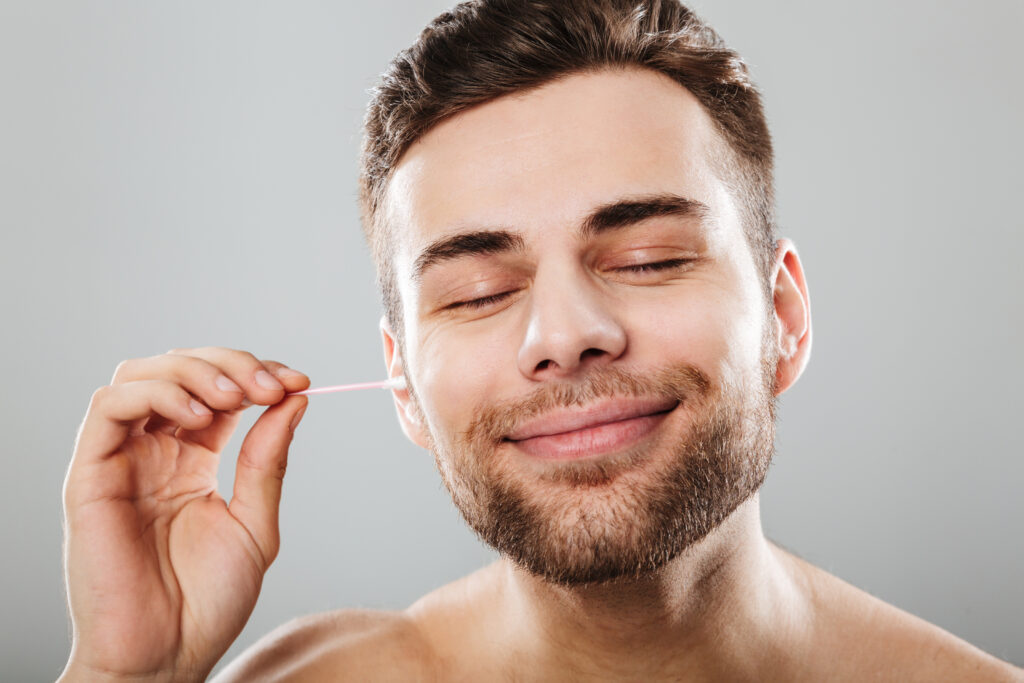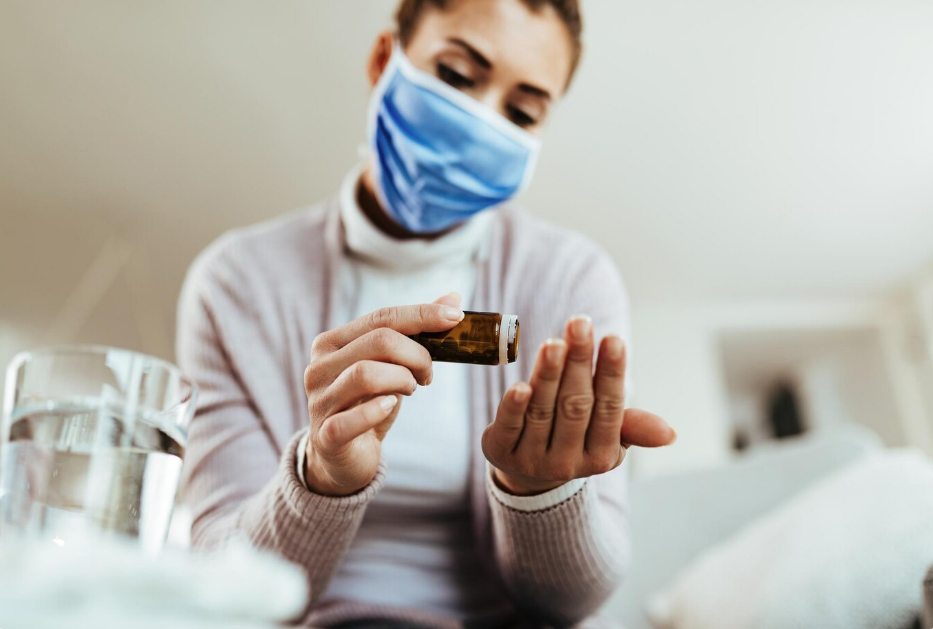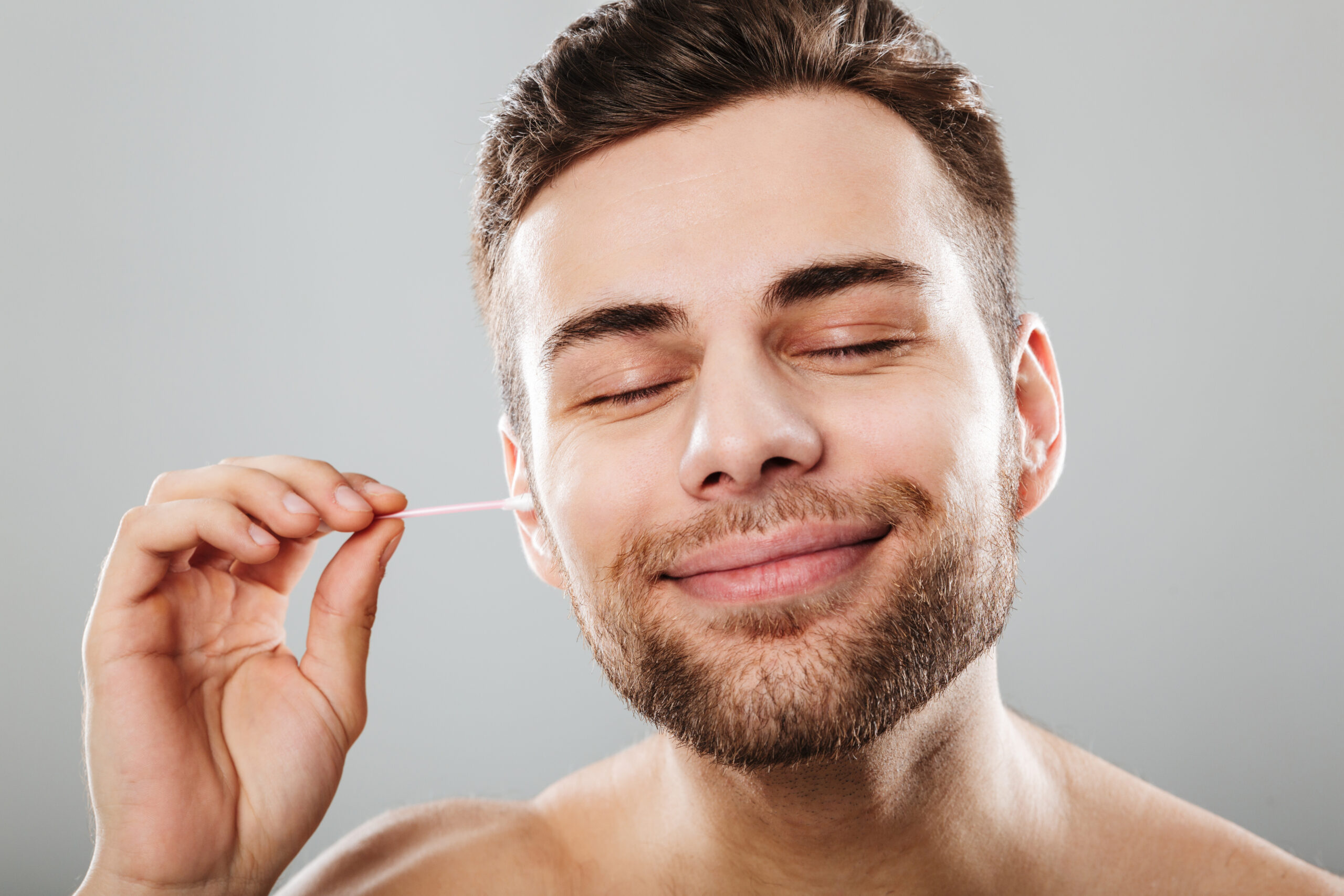To be more scientific, earwax is formally called cerumen, which is a naturally formed mixture produced in your ear canal. It contains a combination of cerebral-sebaceous and ceruminous glands along with the skin cells and hair. It is also commonly referred to as the first source of defense of your inner ear, as it safeguards, lubricates, and cushions your ear. Knowledge of the facets of cerumen enables you to take better care of your ear health, perhaps more safely and effectively.
Understanding Earwax Types
Earwax mainly takes two forms, wet and dry. Sticky, golden-colored, and mostly found in people with African or European heritage, wet cerumen is sticky. Dry cerumen, however, is grayish and flaky and is most prevalent in Asians. The gene that dictates the existence of these types is ABCC11, and it is therefore a hereditary factor.
There are also differences in color and consistency: fresh wax is pale yellow, whereas old, oxidized wax darkens to brown or even black. Darker cerumen is usually harmless, though it may be startling to see. Nevertheless, calluses of a stone-like surface might be an indication of buildup or impaction.
The Function of Earwax in Ear Health
Earwax is not some compost: it plays a variety of roles. As a natural lubricant, it makes the ear canal moist and also avoids dry and itchy skin. It contains an acidic substance whose pH prevents the formation of bacteria and fungi, and is rich in enzymes and fatty acids. Also, cerumen has the effect of trapping sticky materials, dirt, dust, and particles so small that they leave the canal and move outside over time, relying on random natural jaw movements and skin regeneration.
Anatomy Behind Earwax Formation
The ear canal is a tunnel that is about 2.5 cm long and is surrounded by skin that has ceruminous and sebaceous glands. These glands are responsible for producing oils and wax that combine with shed skin cells. The mixture is pushed out by the body within the natural process and ends up drying up and flaking off. The self-cleaning process is characterized by having no need for manual removal in normal human beings.
What Causes Earwax Production?
The natural production of earwax differs since some individuals produce more earwax in their glands while others. Dry air, dust, allergens, swimming, and other environmental factors can trigger greater production. Protective wax also forms when there is foreign stuff in the ear or airborne particles that enter the ear. In addition to this, bad cleaning rituals (such as the use of cotton swabs) may drive wax further down the canal, resulting in excess wax accumulation.
When Earwax Becomes a Problem
Cerumen is, most of the time, helpful, but it may have some problems as well. Impaction may be caused by overproduction or improper removal methods and causes dulled hearing, a full feeling in the ear, itching, and slight pains or buzzing (tinnitus). In the event that wax harms moisture, it can lead to bacteria or fungus growth, thus promoting ear infection and odor. Sometimes people can pass a ball or a piece of compacted cerumen, particularly after sleep or swimming, which is indicative that long-term clogging has occurred.
Safe Earwax Care and Management
The regular cleaning of the earwax in Las Vegas is not crucial by yourself—the ear cleans itself. But it should be removed only when it leads to the development of inconvenience or hearing loss. Safe care practices are appropriate cleaning of the ear canal using soft tissues, cleaning the outer side of the ear gently, and softening wax with OTC drops (mineral oil or carbamide peroxide). In chronic situations, a safe removal can be provided by any ENT specialist with professional ear irrigation or the use of microsuction. No cotton swabs, hairpins, or sharp instruments should be used; they may traumatize the ear canal or the eardrum by forcing wax further into the ear. Consult a doctor in case you develop constant pain, hearing impairment, vertigo, secretion, or frequent infections.
Common Questions About Earwax
Why do I produce earwax?
The combination of glandular secretions and skin shedding in the ear canal produces earwax. It has a dual purpose that acts as a protector and cleaner.
Why does my earwax smell?
A powerful smell is mostly a characteristic of moisture entrapment, causing wax to harbor microbes, mostly in an impacted state.
Why did a wax ball just come out?
It probably is old, compacted cerumen dislodging naturally, which is a sign of long-term buildup.
Why do my ears feel wet?
Moisture may be a result of fresh cerumen, swimmer’s ear fluid, and infections. Wetness with or without pain or stench may need assessment.
Conclusion
Earwax (Cerumen): Types, Function, and Causes is not just a guide; it is your detailed manual on how to deal with and care for your ears. Cerumen has essential protective functions, although an imbalance or accumulation requires prudent procedural requirements and professional attention at times. Care about the health of your ears by not trying to clean them in any harmful way and visiting an ENT specialist in case you still have problems.
Clean your ears softly, remember the protection mechanisms in your ears, and do not be ashamed to seek professional care when there is a need. Ears are healthy, and hearing is too. To schedule your appointment with the highest standard of care, visit Sahara West Urgent Care on our website, where you can also explore more informative blogs. Learn everything about earwax—its types, functions, causes, and safe ear care practices. Discover when earwax becomes a problem and how to manage buildup safely.
FAQs
What is the main reason for earwax production?
Earwax forms to defend the ear canal—it’s a natural combination of gland secretions, skin cells, and environmental debris.
Is it harmful if earwax smells bad?
A foul smell often signals trapped moisture and possible infection. If odor persists or is accompanied by other symptoms, get professional attention.
Can I remove earwax myself?
Only if it causes symptoms. Use soft cloths and safe drops; avoid Q-tips. For heavy buildup, consult an ENT.
What should I avoid when cleaning my ears?
Never insert anything deep—cotton swabs or sharp tools can harm the ear canal or eardrum and worsen impactions.





